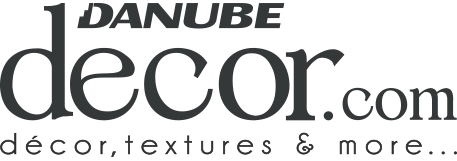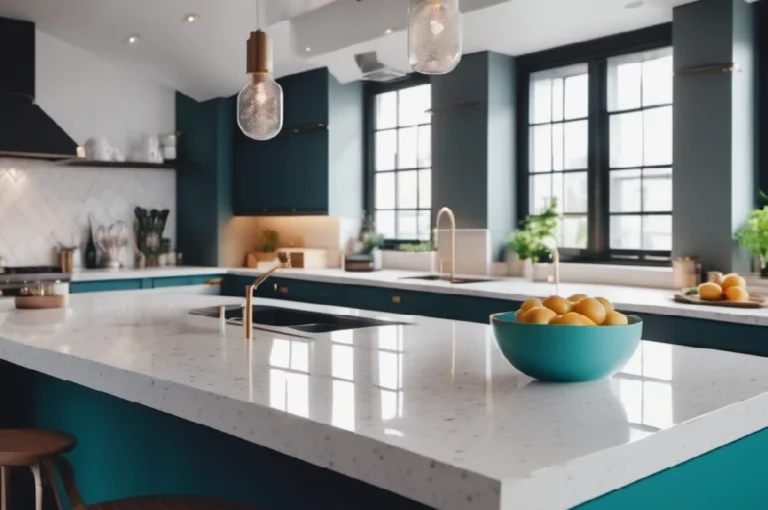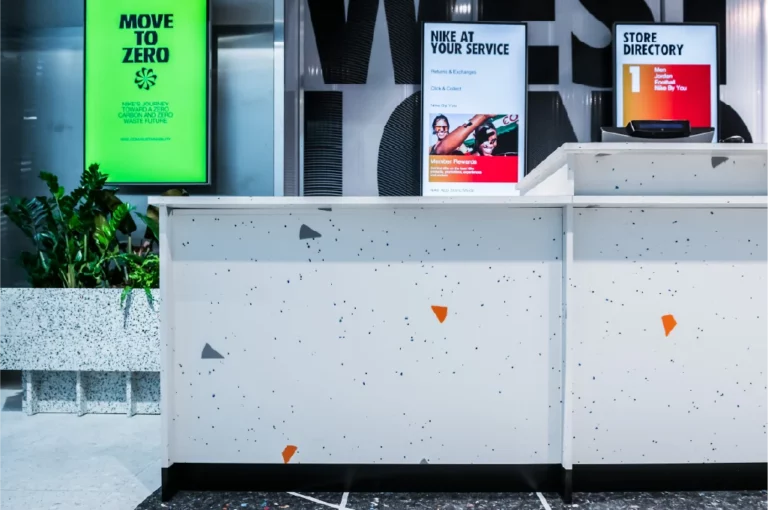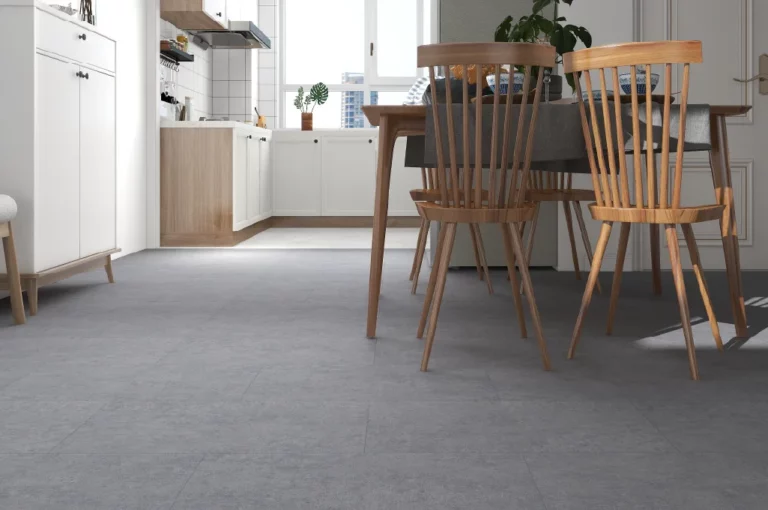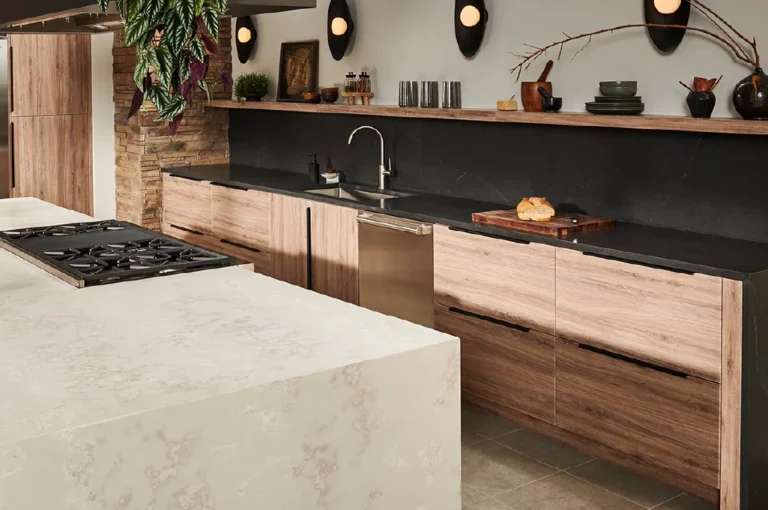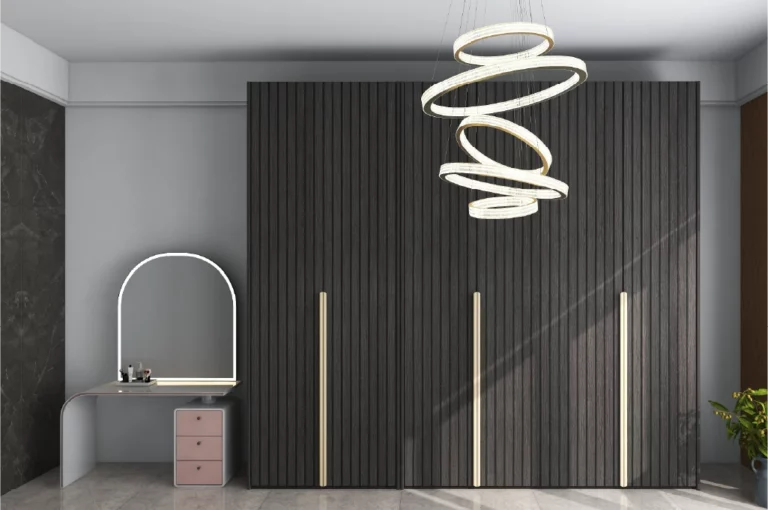What is MDF? Uses and Benefits of MDF Board
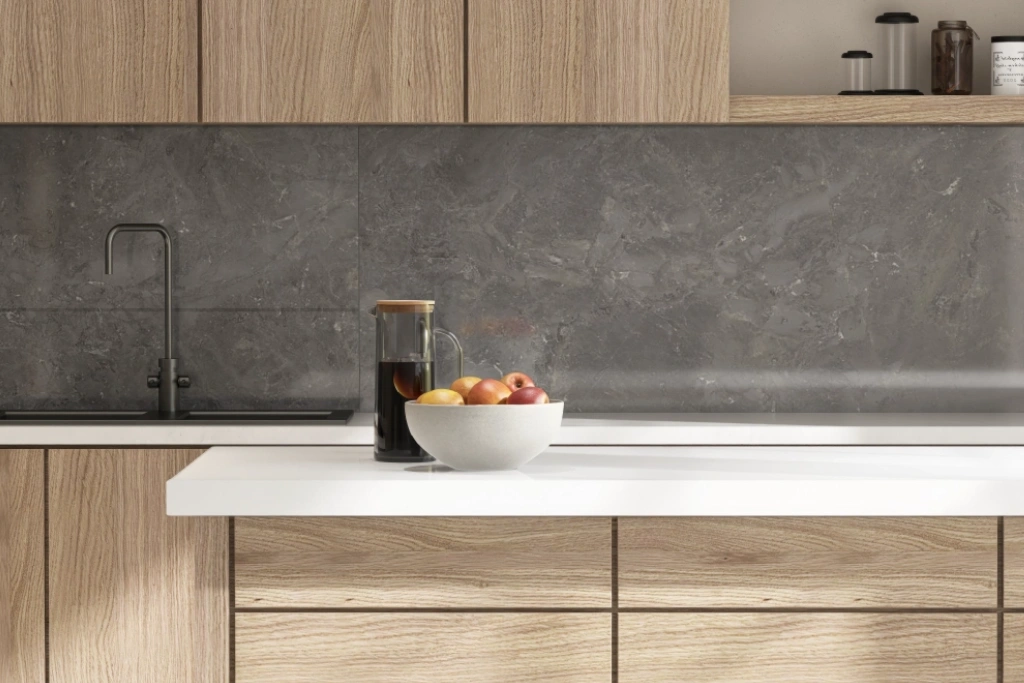
If we travel back in time to 1925 an accidental discovery was about to change the world of woodcraft. William Mason, a curious inventor and a close friend of the legendary Thomas Edison, faced a unique challenge.
Determined to find a solution, Mason embarked on a journey to make use of this surplus material. Day after day, he experimented, blending science with creativity. One fateful day, as he tried to compress the leftover wood fibres using heat and pressure, something unexpected happened—a new, dense, and smooth material was formed. This accidental breakthrough gave birth to Medium-Density Fibreboard (MDF) marking the beginning of a revolutionary product that would soon become a staple in homes and businesses worldwide.
Mason’s innovation turned waste into a valuable resource, proving that sometimes, great things emerge from the most unexpected places.
Let’s understand what MDF is, how it’s used, and why it has become such a favorite for builders and DIY enthusiasts alike.
MDF Magic: Why This Material is a Favourite in Modern Furniture Design
The global MDF and chipboard market was valued at $58.6 billion in 2020 and is expected to grow significantly, reaching an estimated $134.5 billion by 2032. This represents a compound annual growth rate (CAGR) of 6.2% from 2023 to 2032.
The medium density fibreboard, or MDF, is an engineered wood product made from wood fibres, wax, and resin. These materials are compressed together under high pressure to form dense sheets or boards. It’s similar to plywood but differs in how it’s made. While plywood uses thin layers of wood veneer, MDF is made from finely ground wood fibres. This gives MDF boards their signature smooth surface and consistent texture.
Unlike natural wood, which can have knots, grain patterns, and imperfections, MDF is uniform throughout, making it easier to cut, shape, and finish. The smooth surface also makes it ideal for painting, laminating, and veneering. This consistency is one of the reasons why MDF boards are so popular in furniture making and interior construction.
How is MDF Made? A Behind-the-Scenes Peek at the Process
To make MDF boards, wood fibres are first broken down from small pieces of wood or sawdust. These fibres are then mixed with a synthetic resin or adhesive and compressed under high heat and pressure. The result is a solid sheet that can be cut into different sizes and thicknesses, depending on what it will be used for.
The production process makes MDF incredibly dense compared to particleboard, which is a lower-grade material also made from wood particles. The high density gives MDF boards their strength and durability, allowing them to handle various projects from cabinets to decorative mouldings.
Beyond Basics: The Versatile Uses of MDF Boards
You might be wondering, “Where exactly do people use MDF?” Well, the answer is just about everywhere in modern carpentry and interior design.
Let’s take a look at some common uses of MDF boards:
a) Furniture
MDF is widely used in making furniture. Whether it’s a sleek, modern TV cabinet, a bookshelf, or even the entire kitchen setup, MDF fits the bill. The smooth surface of MDF boards makes them ideal for painted finishes, meaning you can easily match your furniture to your interior decor. It’s also easy to shape and customize, so many companies use MDF for both flat-pack and custom furniture pieces.
b) Cabinets and Shelving
MDF is perfect for cabinets and shelves because of its strength and ability to handle weight without warping. It’s a go-to material for kitchen cabinets, bathroom vanities, and closet shelving. The even texture of MDF boards means you can add a veneer or laminate on top, giving the appearance of real wood while saving on costs.
c) Wall Paneling and Moulding
Ever admired decorative mouldings or fancy wall panelling in homes? Many of these are made from MDF. Because MDF boards are easy to machine and shape, they’re often used to create intricate trim, baseboards, and crown moulding. Once painted, you wouldn’t be able to tell the difference between MDF and traditional wood.
d) Doors
MDF doors are another popular use. Interior doors made from MDF boards offer great sound insulation and are durable, making them perfect for rooms where you want to reduce noise. They are also cost-effective compared to solid wood doors.
e) DIY Projects
If you’re a fan of DIY, MDF boards can be your best friend. Whether you’re building small projects like photo frames or larger ones like a custom desk, MDF’s versatility and ease of use make it ideal for do-it-yourself enthusiasts. The material cuts easily, is lightweight to work with, and is a breeze to finish with paint or veneer.
Why MDF Boards Are a Game-Changer: Top Benefits You Need to Know
So, why do so many professionals and hobbyists prefer MDF boards? Here are some of the key benefits:
1) Cost-Effective
MDF is much cheaper than solid wood, making it an affordable option for many projects. You can achieve a high-end look without the high-end price, especially when it’s painted or laminated.
2) Smooth Surface
The smoothness of MDF boards is unbeatable. Unlike natural wood, MDF doesn’t have grain or knots that might show through paint or stain. This means you get a perfectly even surface, which is ideal for painted finishes or intricate designs.
3) Consistent Quality
One of the biggest advantages of MDF is its consistency. Because it’s made from wood fibres and resin, MDF boards don’t have the flaws or inconsistencies you might find in natural wood. This makes it easier to cut and shape without worrying about splitting or cracking.
4) Easy to Work With
If you’ve ever worked with wood, you know that it can sometimes be unpredictable. MDF, on the other hand, is easy to machine, drill, and cut. Its uniform texture allows for precise cuts, which is especially useful for detailed work like mouldings or custom shapes.
5) Versatile
Whether you’re making furniture, cabinetry, or decorative pieces, MDF boards can be used for a wide range of applications. It can be easily painted, laminated, or veneered to suit your style, making it one of the most versatile materials in construction and design.
6) Environmentally Friendly
Since MDF is made from wood fibres, it makes use of wood waste, contributing to more sustainable practices in the woodworking industry. It’s a great option if you’re looking to be more environmentally conscious in your projects.
Conclusion
MDF, or Medium Density Fibreboard, may not be the first material that comes to mind when you think of home improvement or carpentry, but it’s one of the most versatile and widely used materials out there. From furniture to cabinetry, and DIY projects to intricate mouldings, MDF boards offer a smooth, consistent, and cost-effective solution.
So, the next time you’re planning a project, don’t overlook MDF! Its flexibility, affordability, and ease of use make it the perfect choice for all kinds of building and design needs. Whether you’re a professional carpenter or a DIY enthusiast, MDF can help you achieve a high-quality finish without breaking the bank.
